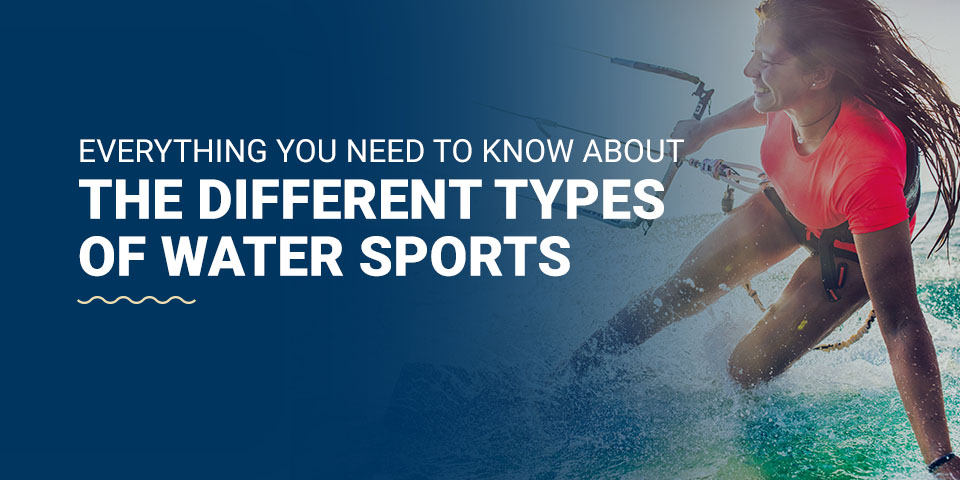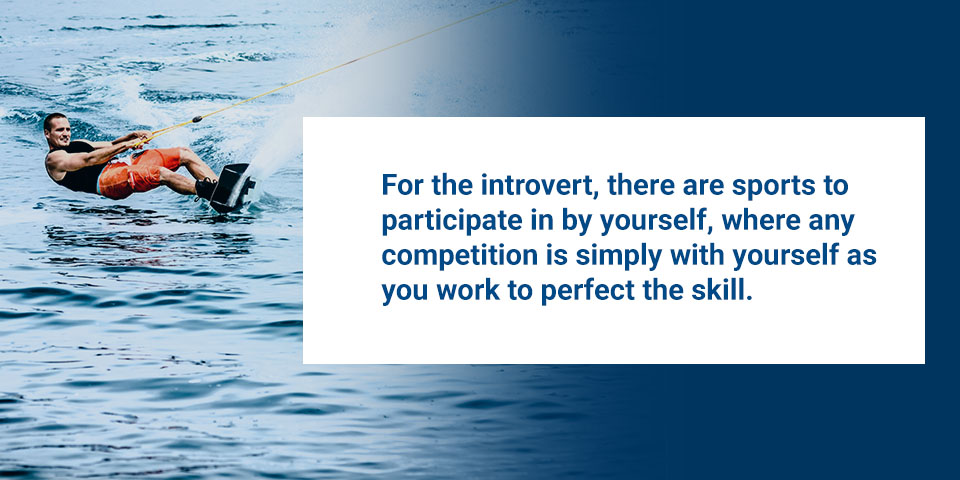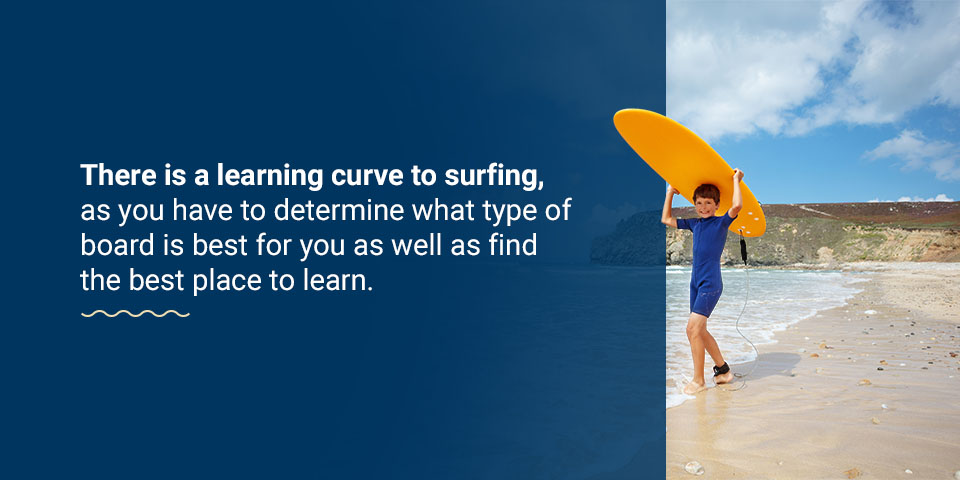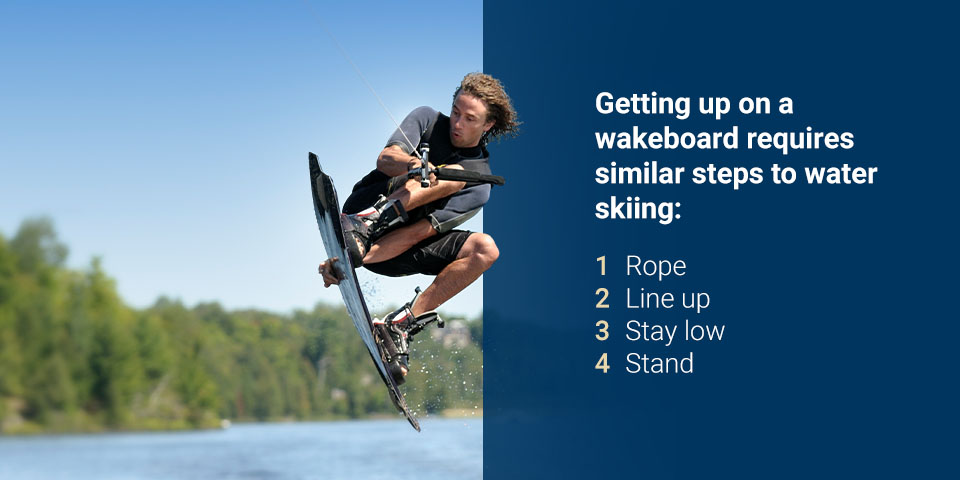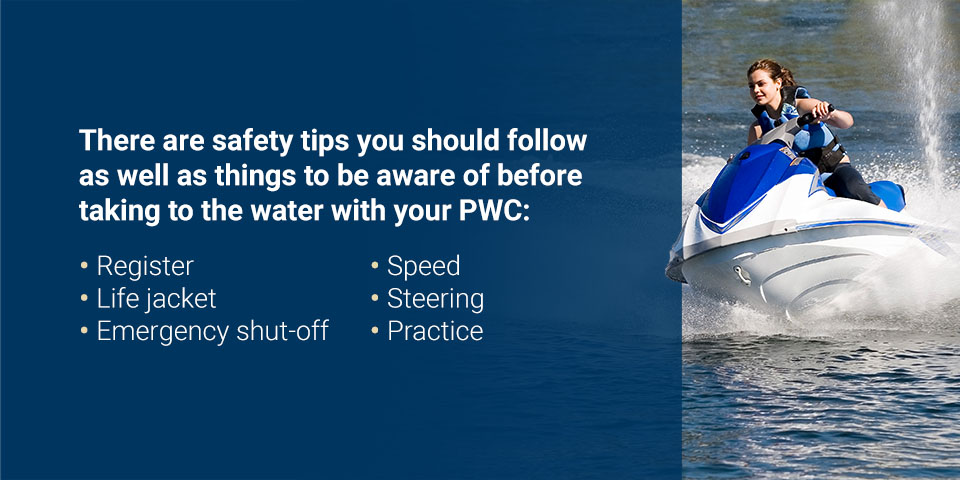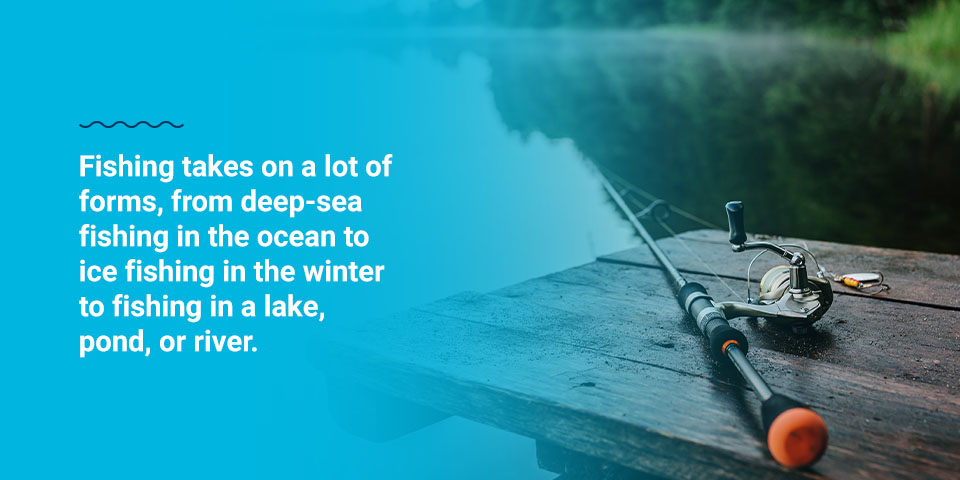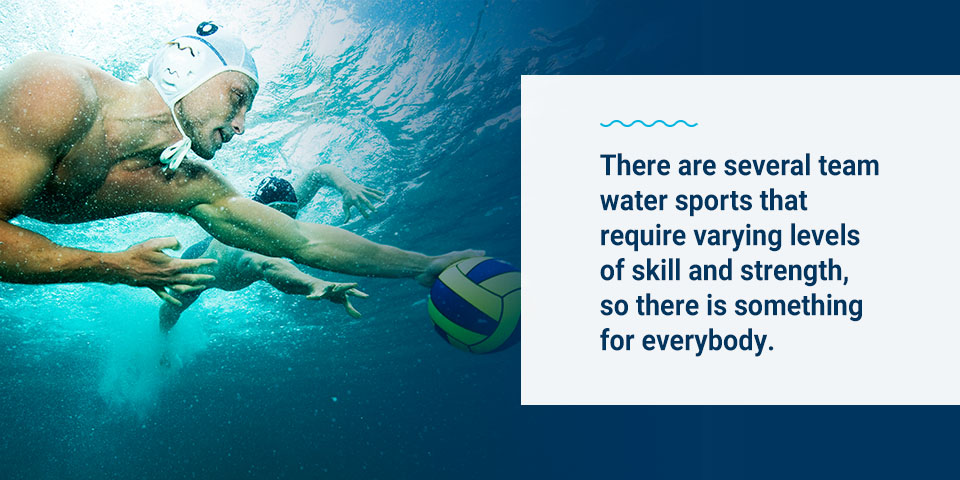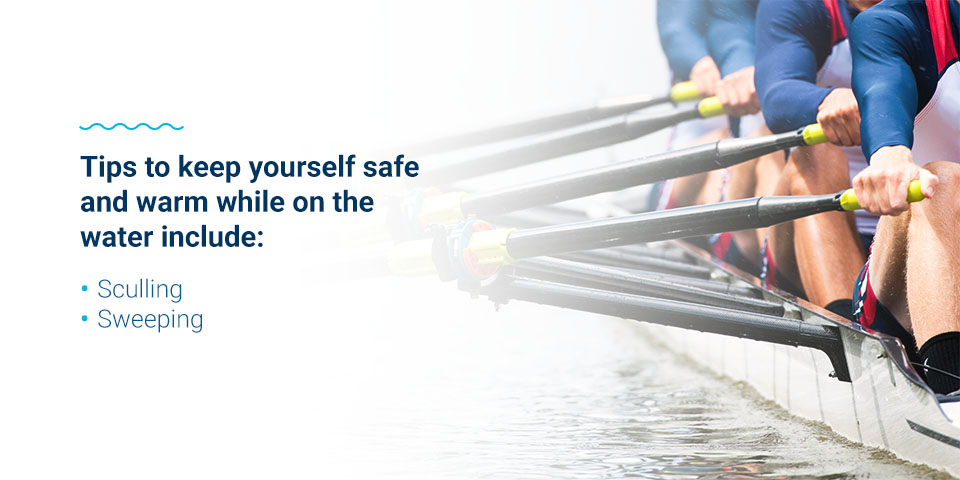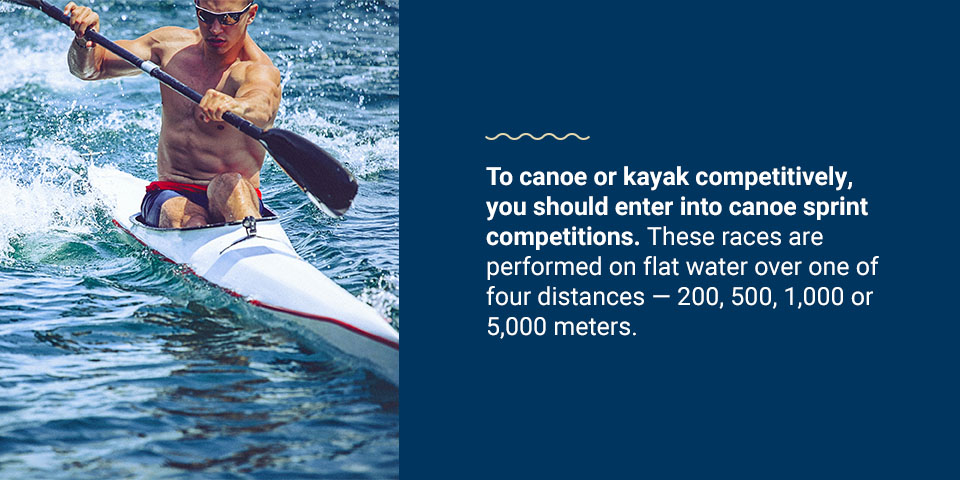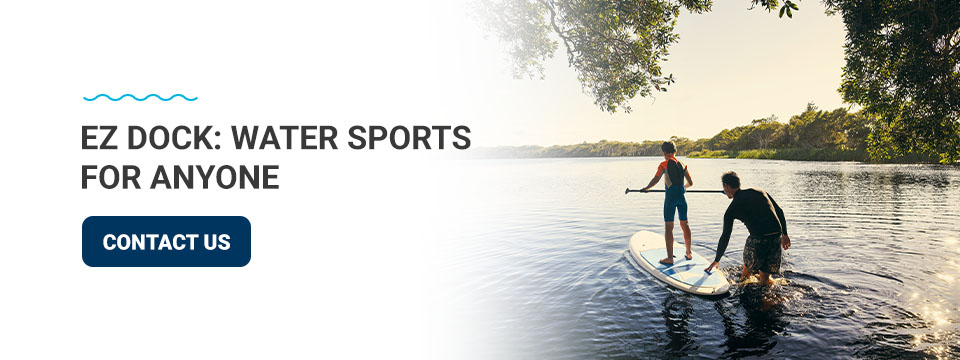Filters
Everything You Need to Know About the Different Types of Water Sports
Introverts and extroverts alike can find the perfect water sport that fits their skill level and personality due to all the different types of aquatic activities. Getting in the water has many health benefits, physically and mentally. With so many different types of water sports, there are ways for everyone to get in and have some fun.
Individual Water Sports
For the introvert, there are sports to participate in by yourself, where any competition is simply with yourself as you work to perfect the skill. A lot of individual aquatic activities require different types of water sports boards and give you a thrill for fun or in a competition.
Swimming
Swimming is a great water sport to partake in for a number of reasons. Participating in swimming as a form of cardio can increase your muscle tone and strength without putting stress on your joints. It has also been proven to help those who suffer from various chronic illnesses such as arthritis, asthma and heart disease. For those with chronic pain, swimming can help loosen joints and ligaments. Even average people looking to boost their overall health will burn calories and strengthen their heart by swimming regularly.
Swimming is a great activity for people of all ages. The lack of stress on muscles and joints makes it something seniors can do. Kids have fun with their friends or by themselves in the water, especially when it’s accompanied by slides and other added activities. And many adults find simple lap swimming to be beneficial for their physical and mental health.
Surfing
Surfing is a popular sport along the coasts where the open ocean produces big, natural waves ready to ride. But the casual fan of surfing can find opportunities in lakes or rivers that form a tidal bore.
There is a learning curve to surfing, as you have to determine what type of board is best for you as well as find the best place to learn. Most popular surfing places, especially along the coast, will provide the opportunity for surf lessons if you are interested.
Surfboards have gotten more accessible and effective as technology has advanced. Boards now are far cheaper and lighter than they used to be. Other equipment you will need when surfing is a wetsuit, leash and wax.
Surfing is a water sport that is all about skill. The first skill you must learn is how to see the difference between good and bad waves. Various websites can provide insight on which beaches have the best waves based on the swell and tides as well as the weather. It is also recommended that you begin learning on a longer surfboard. Smaller surfboards allow you to go faster and do more tricks but are more difficult to stay balanced on.
Water Skiing
Water skiing is a very popular water sport to participate in on a lake. Water skiing has become a staple of summer lake days while morphing into a variety of other activities.
This aquatic activity takes a lot of practice. For beginners, it can be difficult to get up, but once you do, you can continue to grow and become a master of all kinds of tricks.
Here are some steps to follow to get up on your water skis:
- Start deep: You should start as low in the water as possible. Your skis will lift your legs to the surface, but you should still lean back as much as you can.
- Stay low: Let the boat do the work of pulling you up. Stay in your crouched position until the boat has pulled you all the way out of the water and onto your skis.
- Get up: Once the boat has pulled you out of the water, straighten your legs. It can be tricky to keep your balance, but practice makes perfect on this step.
- Communicate: If you are having trouble getting up, make sure you communicate with the driver of the boat regarding his speed. A faster or slower speed may help you out, but they won’t know unless you tell them.
Want more of a challenge? Check out slalom water skiing, where riders only use one ski, standing with one foot in the front and one in the back.
Wakeboarding
Wakeboarding is a water sport that combines the tricks of surfing with the method of water skiing. Whether or not it is easier than water skiing is ultimately up to your strengths and your experiences with other types of sports. In terms of physical health, however, wakeboarding tends to be easier on the body.
Getting up on a wakeboard requires similar steps to water skiing:
- Rope: Make the rope length as short as possible to increase the amount of upward pull coming from the boat and make it easier to stand.
- Line up: You should start with your arms straight and your chest facing the boat, so your board will not be in the position it will be when you are up.
- Stay low: Just like in water skiing, it is important to stay as deep in the water as you can and let the boat do the work until you are completely out of the water.
- Stand: Once the boat has pulled you up, stand up slowly. A common mistake new wakeboarders make is rushing this step and standing up too quickly.
Skimboarding
Skimboarding is a unique sport that resembles surfing. A skimboard is smaller than a surfboard and doesn’t have fins so it doesn’t catch on the sand when you’re in shallow water.
The best way to learn to skimboard is by practicing on the wet sand and not heading into the waves. Drop your skimboard, then back up and get a running start. Make sure you are running toward it from right behind and not at an angle. When you get to the board, run onto it rather than jumping onto it so it doesn’t quickly slip out from under you.
Learning the pace and timing of getting onto the board is one of the trickiest parts of skimboarding, but once you get the hang of it, you can master the skimboard faster.
Once you’re on the board, make sure your feet are centered and lined up with your shoulders. Keep a bend in your knees and stay toward the back of the board to increase the control you have over it.
When you’ve mastered balancing on the skimboard, you’ll be able to head into the waves and learn all kinds of crazy tricks.
Paddleboarding
Stand-up paddleboarding is a much more relaxing approach to being on the water but still takes some skill. A paddleboard looks like a surfboard, but it’s much wider and often features a cushioned area so your feet are less likely to slip even if they are wet.
You should place your feet in the center of your paddleboard about shoulder-width apart with your knees slightly bent. If you feel unstable, practice rocking the board side to side so your muscles get used to the feeling and learn quickly how to regain balance. Most paddleboards come with a leash to strap around your ankle so if you fall in, you will not lose your board.
Paddling on a stand-up paddleboard deals with several external factors like the wind and how still the water is. In perfect conditions, you will not have to paddle hard to get where you want to go, but if you want a core workout and to move quickly, paddling fast is the way to go.
Kneeboarding
Kneeboarding is another tow sport where you are pulled behind a boat on a board that is big enough for your knees and often has grooves to keep you steady. Boards also have a strap that goes over your knees to provide extra security. Kneeboarding is a great tow sport option for people who don’t like the risk of impact from falling in water skiing or wakeboarding and also want to learn a water sport more quickly.
To get up on a kneeboard, begin with your chest on the board and your arms fully extended. Make sure your elbows are positioned on the front of the board so you can push yourself up. Once the boat is up to speed, use your elbows to push yourself up and get your knees underneath you and under the strap. Once you’re up, keep your weight shifted to the back of the board.
Personal Watercraft (PWC)
Riding a PWC, like a Jet Ski, WaveRunner or Sea-Doo, is a great adrenaline rush and a way to get out on the water without needing a boat to tow. You get the same rush as driving a boat but get to be much closer to the water than you are in a boat. There are safety tips you should follow as well as things to be aware of before taking to the water with your PWC:
- Register: Make sure you know whether or not your state requires you to register your personal watercraft. You might also need to take a boating safety course.
- Life jacket: Always wear a personal floatation device when going out on the water.
- Emergency shut-off: Every PWC has an engine shut-off lanyard that will be necessary for your PWC to run and keep you safe in an emergency.
- Speed: The speed is controlled by the throttle, which is a lever on the right-hand grip.
- Steering: The handlebars steer your PWC, similar to how a motorcycle is used.
- Practice: You should have experience controlling your PWC before you go where other boaters are around. It will take practice knowing how to anticipate where other boaters are going, so you need to be comfortable with your speed and steering capabilities to stay out of others’ ways.
Parasailing
Parasailing is a tow sport, where you’re attached to a parasail wing, which looks like a canopy. A harness connects you to a boat and the parasail, and as the boat picks up speed, the parasail wing will lift you into the air.
Parasailing is a more peaceful experience than you might expect, as you are lifted into the air gradually and the wind does most of the work for you. Your driver will have a device that reels you in and out, so you won’t have to worry about steering either.
Fishing
Fishing takes a much different pace than a lot of other water sports. It is far more relaxed but can be made competitive if fishing with others or even just looking to compete against yourself. Fishing is a great way to get in and near the water without needing a lot of strength or skill like you need for some of the other sports.
People who are passionate about fishing enjoy traveling to different areas to catch various kinds of fish. Fishing takes on a lot of forms, from deep-sea fishing in the ocean to ice fishing in the winter to fishing in a lake, pond or river. You can even combine different types of aquatic activities at fish from a PWC or go kayak fishing.
Team Water Sports
For those who enjoy water sports more for the social aspect, there are several team water sports that require varying levels of skill and strength, so there is something for everybody.
Water Polo
Water polo is played by two teams of seven people who compete for four eight-minute periods. Players tread water while carrying and passing a large ball that is designed to be gripped with one hand. Each team is attempting to throw the ball into the goal on either end of the playing area.
To accurately follow the rules of water polo, everyone except the goalkeepers should handle the ball with one hand instead of two. You’re also supposed to tread water the entire time you play, but beginner players may find it easier to touch the bottom occasionally.
The name came from the game’s early similarity to equestrian polo. When it was first being played, players rode floating barrels and hit the ball with a stick rather than throwing it with their hands. The first versions of water polo are believed to have been created in the mid-1800s by British resort owners. Early competitions resembled rugby in how rough they were played. The game evolved to keep players safer and focus more on skill rather than strength.
Synchronized Swimming
Synchronized swimming combines swimming, dance and gymnastics to entertain audiences with intricate routines perfectly synchronized and accompanied by music. Like most rhythmic sports, synchronized swimming requires extensive practice to truly be as synchronized and on beat as possible. This requires a lot of muscle memory, as it will be difficult to hear the music under the water for much of the performance.
There are unique skills that must be learned to master synchronized swimming. Much of your time will be spent under the water, so you will need to practice breath control. It is also an endurance sport, as you must maintain composure and strength for the duration of your performance. Synchronized swimming is performed in deep water but still requires tricks outside of the water, which takes a lot of strength to propel yourself and your team without touching the bottom.
Synchronized swimming began in its earliest forms in the early 20th century when Annette Kellerman made water acrobatics popular, which was combined with music in the years to come. Teams of two or more can perform the sport, and in Olympic and World Championship competitions, the teams are limited to females only.
Rowing
Rowing came about from a skill that was originally used solely as a practical means of transportation. It was first made a competition in England between the 17th and 18th centuries and made its way to America by the 19th century.
The modern version of the sport uses a boat with fixed oars to race across a body of water in crews of two, four or eight members. Rowing must take place on a body of water rather than a pool, as it requires a lot of space.
There are two types of rowing that are differentiated by the oars:
- Sculling: A sculling event uses two oars and can be raced as an individual, two people or four people.
- Sweeping: Sweep boats use only one oar and sometimes do not have a coxswain, the person who steers and coaches from the boat. If they do not have a coxswain, one of the rowers will use their foot to steer with the rudder.
Rowing involves a lot of technique to master the rhythm and strokes per minute to maximize your speed. This is why having a coxswain is helpful to get the entire team on the same page.
Rafting
Rafting combines the often thrill-seeking nature of individual water sports with a team component. Anywhere between four and 12 riders sit in an inflatable raft that takes them down a whitewater river. Different rivers around the world provide riders with varying levels of difficulty.
Your experience will also depend on how much rain or melting snow has filled the river recently. Usually when rafting, a guide accompanies riders to talk them through when to paddle and which way to lean to avoid falling into the water.
Canoeing and Kayaking
Canoeing can also provide some thrill if you choose to go on a whitewater river. However, canoeing is often used as a leisurely activity either individually or with others.
Canoeing uses a single-blade paddle, which requires you and others in your canoe to alternate smoothly to move straight.
Kayaking is more commonly done individually, and it uses a double-blade paddle. Kayaks are also closed, while canoes are open.
To canoe or kayak competitively, you should enter into canoe sprint competitions. These races are performed on flat water over one of four distances — 200, 500, 1,000 or 5,000 meters. When raced as a team, you can have up to four athletes in your canoe or kayak.
Like rowing, canoeing and kayaking were originally used as a practical means of transportation. Canoeing was also used for trade and war. The boats were first used for sport in the mid-19th century.
EZ Dock: Water Sports for Anyone
EZ Dock provides quality docks for both home and commercial use. Whatever water sport you love, our docks will provide ease and comfort to help you get out on the water. Our options provide several unique benefits, like:
- Low-maintenance: Our products require little maintenance in both fresh and saltwater. Our docks are made out of polyethylene so they will hold up to intense weather and will not rot, splinter or need repainted.
- Barefoot-friendly: These surfaces are slip-resistant so you can have peace of mind when hanging out on the dock. We manufacture our docks with grooves on the surface channel to prevent puddles.
- Pioneering design: We strive to be the first and best in the market to give you the best experience on the water you can have.
- Easily configurable: We provide customizable options for your dock that allow it to evolve over time to fit your needs. We offer a variety of sizes and types for your commercial or residential property.
Ready to jump in? Request a quote today or contact us to learn more about your new commercial-grade dock. Check out our guide to make choosing the best dock for you simple.

